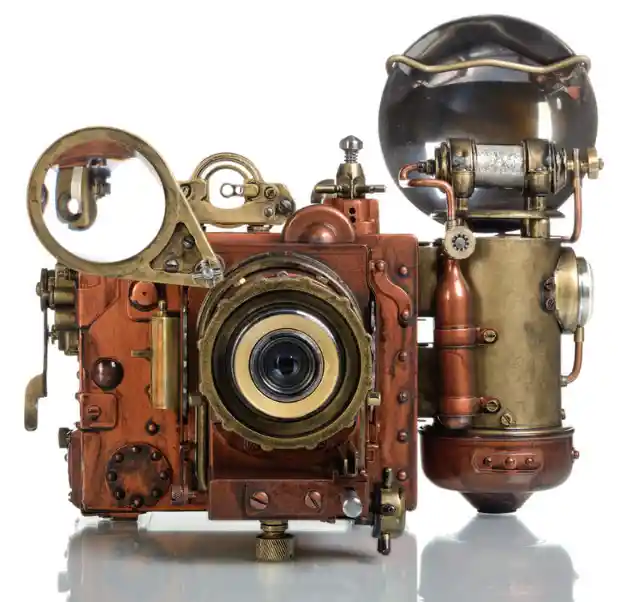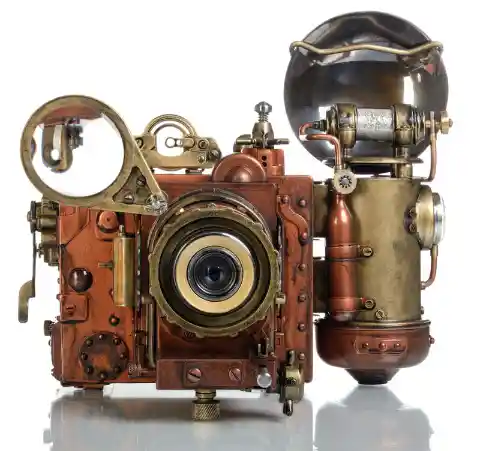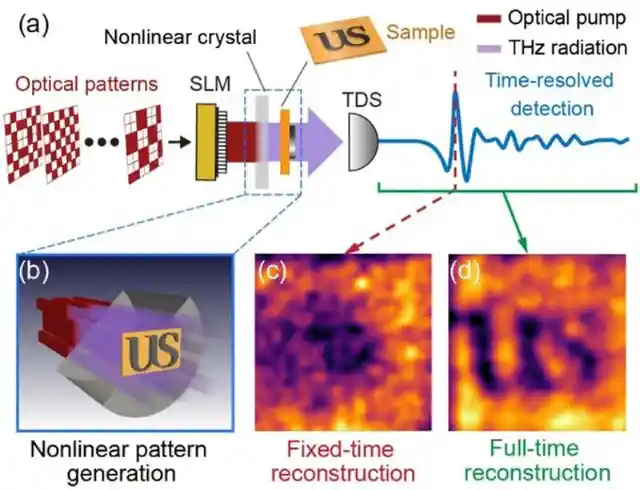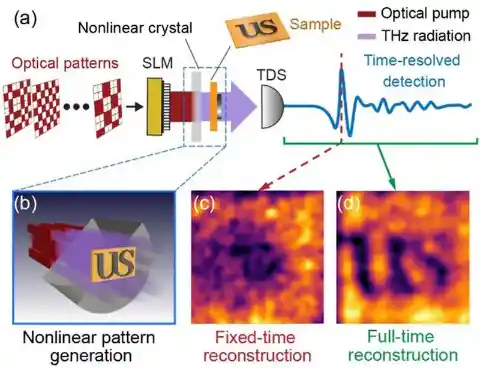Technology moves at such a rapid and dizzying pace that keeping up with the rate of change can be nigh-impossible. If you are someone who isn’t glued to the tech industry on a daily basis, then numerous stories can pass you by.


For example, a team of university physicists over at the University of Sussex has just made a very interesting breakthrough in camera technology. They were able to produce the first on-linear camera that is capable of grabbing high-resolution imagery of the interior of a solid object.
By using what is known as terahertz radiation, these cameras allow for a whole new kind of accuracy. The project is led by Professor Marco Peccianti, as well as Luana Oliveri and Dr. Juan S. Totero Gongora.
They have been working with a team of research students to make this ambitious plan a reality. Images that are produced using this form of radiation is known as a hyperspectral image. It’s a collection of pixels; each one with an electromagnetic signature of the object.
This is easily used for penetration of anything from paper to clothes and plastic – all without the harmful side effects of using an X-Ray device. It’s safe to use for even the most specific and sensitive of biological samples.
This allows us to therefore look ever closer at the molecular build-up of an object. This would allow for hyper-accuracy telling in the differences from one product to the next.
Ghost Imaging
By using a single-pixel camera that had image samples of objects with patterns of terahertz light, they were able to see how objects alter different patterns of light.


Until recently, we’ve been limited to working with a very limited level of fidelity when it comes to looking at hyperspectral images. Now, we can look closer than ever before and learn so much more about these images.
The camera is capable of converting visible light into THz, which is the ‘missing ingredient’ that was so long desired. The camera is able to use the THz electromagnetic waves and creates something very similar.
The waves can then travel right through the object without having an impact on it, leaving a very clear image in a 3-dimensional setting. This, though, will be used for more than just some advanced investigations.
Dr. Totero Gongora claims that it could be used for various features, including finding ways to make it useful for real-life applications on a daily basis.
From detection of skin-level cancers to helping improve manufacturing worldwide, this new camera technology could be the start of a much more accurate, robust way of looking after ourselves.